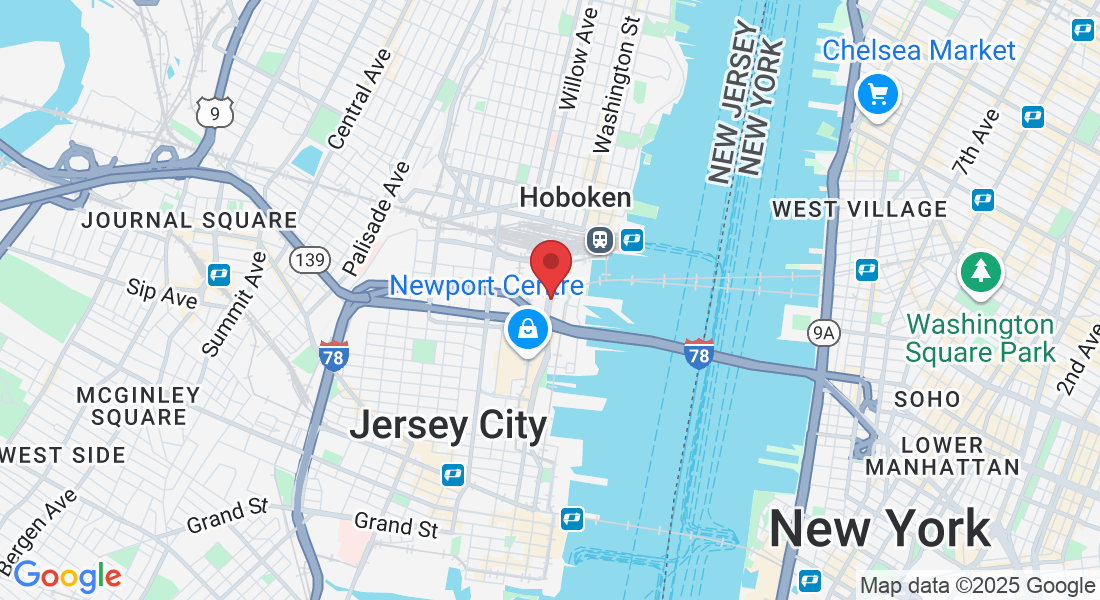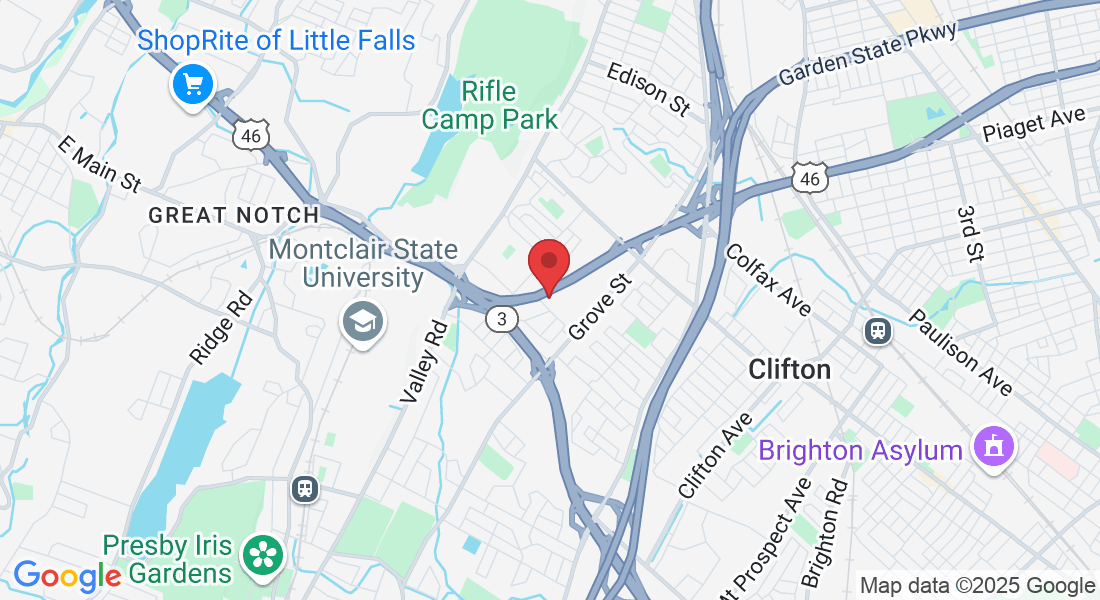New Jersey Rehab Experts
Specializing in comprehensive orthopedic care, New Jersey Rehab Experts offers a wide range of services including Physical Therapy, Sports Physical Therapy, Dry Needling, Chiropractic Care, Neuropathy Treatment, Pain Management, and Manual Therapy. Our state-of-the-art facility is staffed by board-certified therapists dedicated to delivering top-tier care, ensuring you achieve optimal recovery and wellness.
Clinic Located in Jersey City (Newport), Secaucus and Clifton
Genuine Feedback from
Our Patients
Our Affiliations

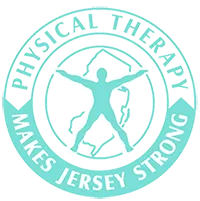

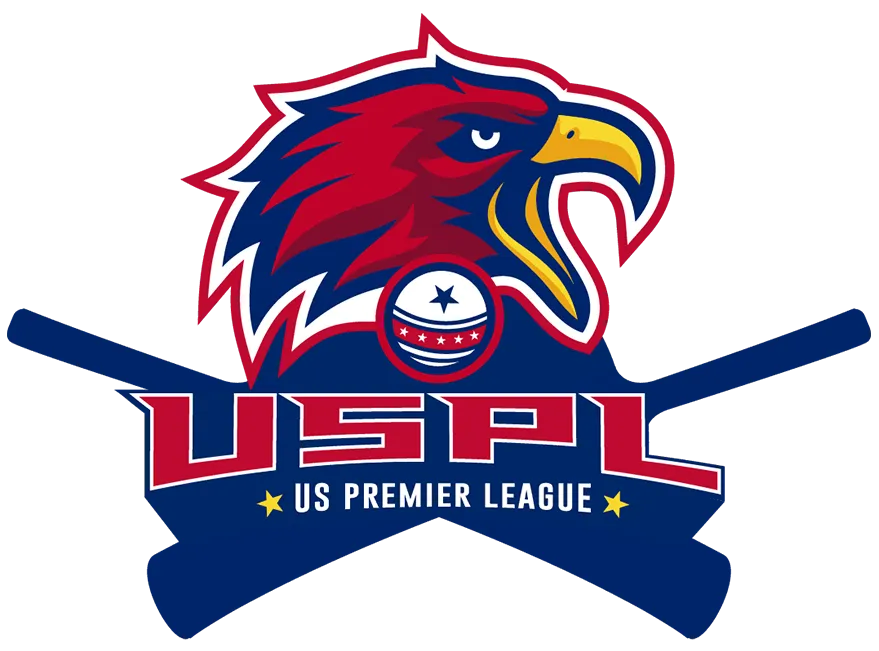


Explore Our Diverse Range of Disciplines
Discover a world of exceptional care customized for all ages! Our dedicated professionals deliver top-notch medical attention, expert rehabilitative therapy, and warm companion care for adults, seniors, and young patients. Experience personalized healthcare with a heart!
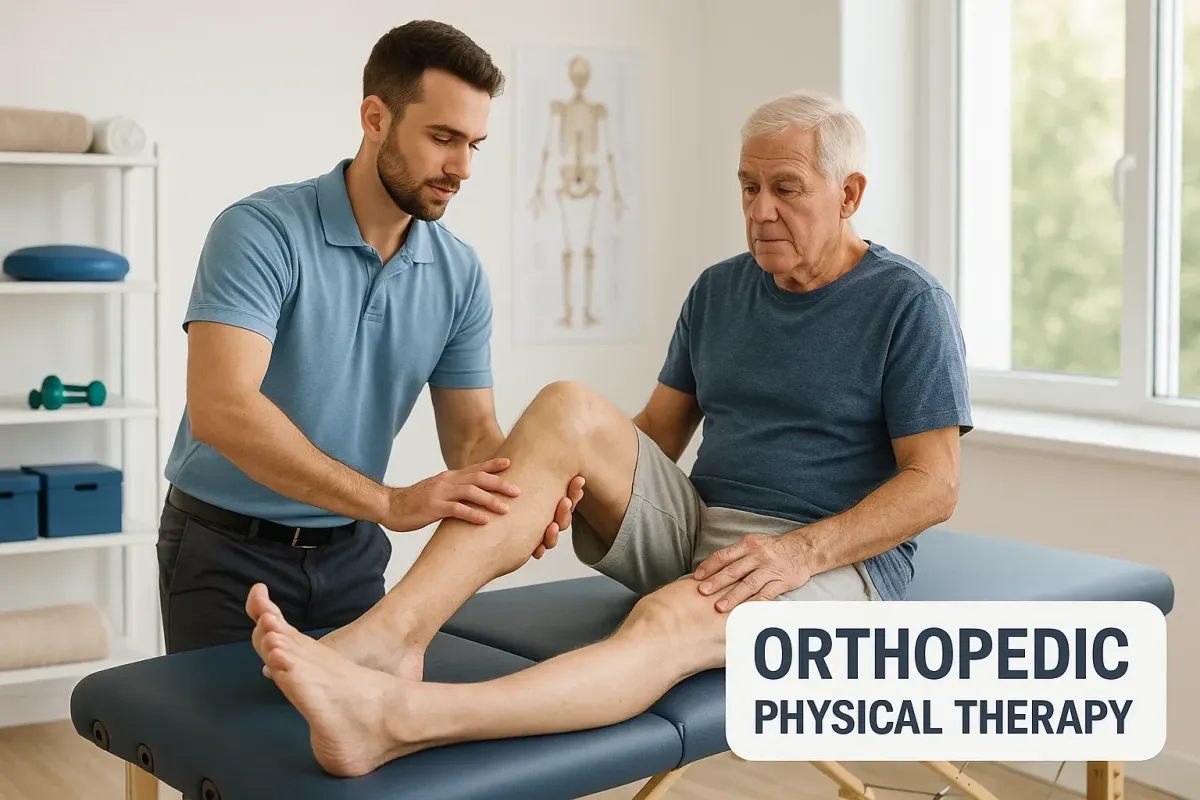
Orthopedic Physical Therapy
At New Jersey Rehab Experts our Orthopedic Physical Therapy program is designed to help patients recover from musculoskeletal injuries, surgeries, and chronic conditions affecting the bones, joints, muscles, ligaments, and tendons. Whether you're healing from a sports injury, managing arthritis, or recovering after orthopedic surgery, our expert therapists create personalized treatment plans to restore mobility, reduce pain, and improve overall function. We use evidence-based techniques such as manual therapy, therapeutic exercises, joint mobilization, dry needling, ultrasound, and neuromuscular re-education
to accelerate your recovery and prevent future injuries.
Our goal is to get you moving confidently and pain-free—whether you're getting back to the gym, the job site, or simply your everyday routine.

Geriatric Physical Therapy
Our Geriatric Physical Therapy services are tailored to meet the unique needs of older adults. As we age, our bodies undergo natural changes that can affect balance, strength, mobility, and overall independence. Our experienced therapists are here to help seniors stay active, safe, and confident in their daily lives.
We specialize in the prevention and treatment of age-related conditions such as osteoporosis, arthritis, joint replacements, balance disorders, and general deconditioning. Our personalized therapy programs focus on restoring strength, improving flexibility, reducing pain, and preventing falls.
Our geriatric therapy goals include: Enhancing mobility and functionPreventing falls and promoting safetyManaging chronic painIncreasing independence in daily activitiesSupporting recovery from surgery or hospitalization. We take a compassionate, patient-centered approach to care—empowering seniors to maintain a higher quality of life and remain active within their homes and communities.
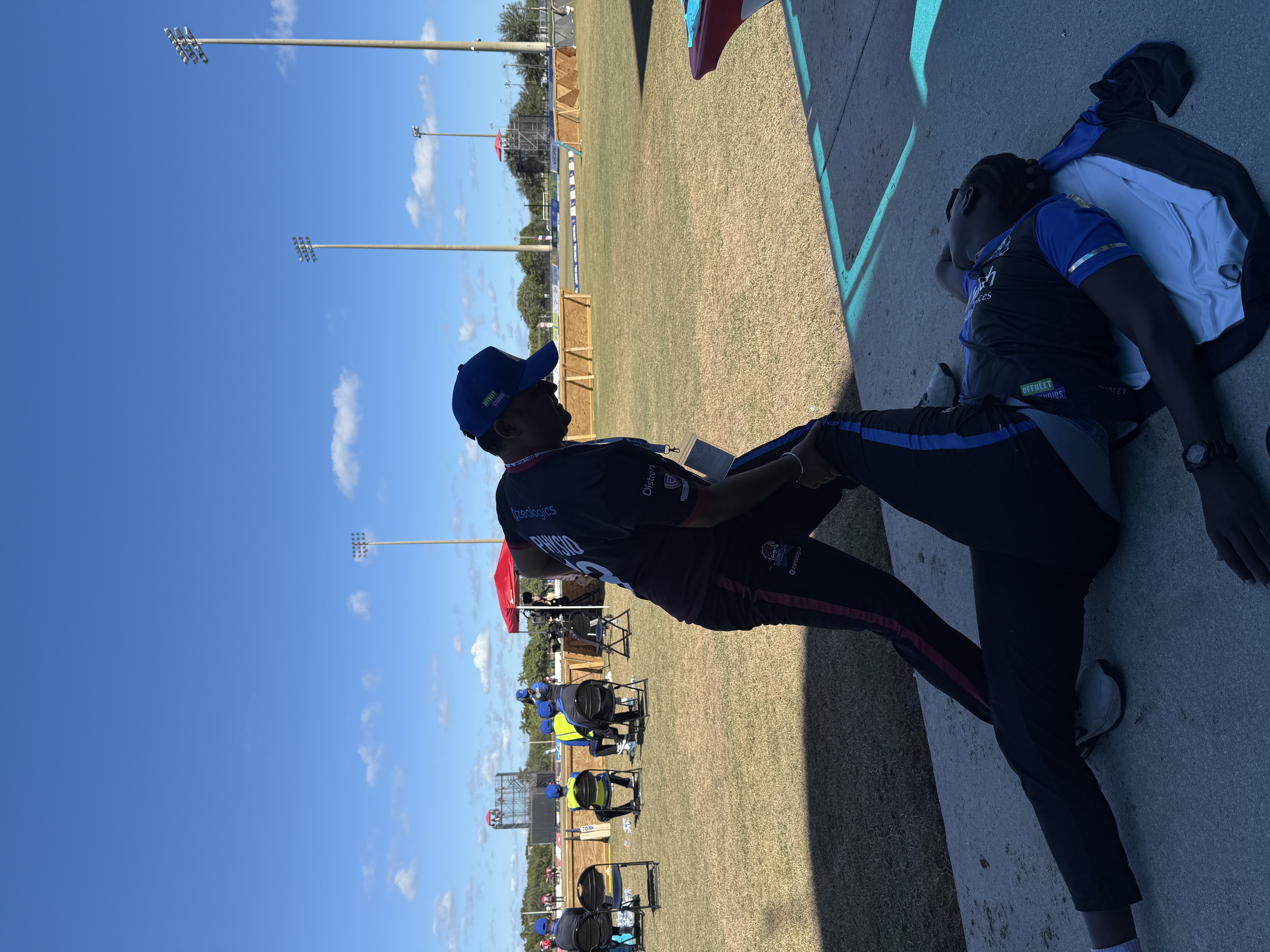
Sports Physical Therapy
At New Jersey Rehab Experts our Sports Physical Therapy program is built for athletes of all levels—from weekend warriors to professional players. Whether you're recovering from an injury, enhancing performance, or aiming for a safe return to sport, we’ve got your back (and knees, shoulders, ankles… you name it!).
Our sports rehab specialists use advanced techniques and evidence-based protocols to treat common athletic injuries such as ACL tears, rotator cuff strains, tennis/golfer’s elbow, sprains, tendonitis, and more We combine manual therapy, functional training, neuromuscular re-education, strength conditioning, dry needling, and return-to-sport testing to help you recover faster and perform better.
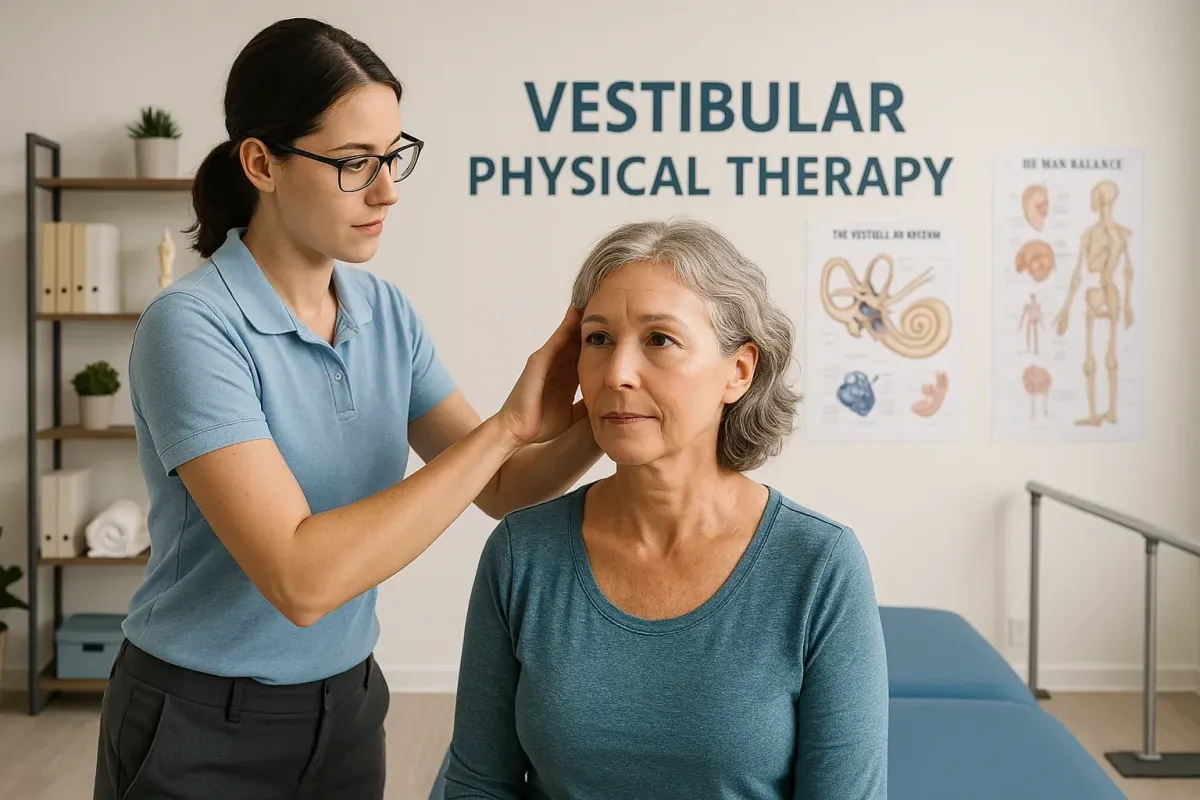
Vestibular Rehabilitation Therapy (VRT)
Feeling dizzy, off-balance, or lightheaded? You're not alone—and you don’t have to live with it. At
New Jersey Rehab Experts our Vestibular Rehabilitation Therapy (VRT) is designed to help you regain control, stability, and confidence in your everyday movements. VRT is a specialized form of physical therapy aimed at treating disorders of the inner ear and balance system , such as vertigo, BPPV (Benign Paroxysmal Positional Vertigo), Meniere’s disease, post-concussion dizziness, and general imbalance. These conditions can make even simple tasks feel overwhelming—but with the right therapy, relief is possible. Our skilled therapists perform a thorough assessment to identify the root cause of your symptoms and develop a custom treatment plan using: Balance and gaze stabilization exercises Canalith repositioning maneuvers (like the Epley maneuver) Habituation and desensitization techniques Fall prevention strategie
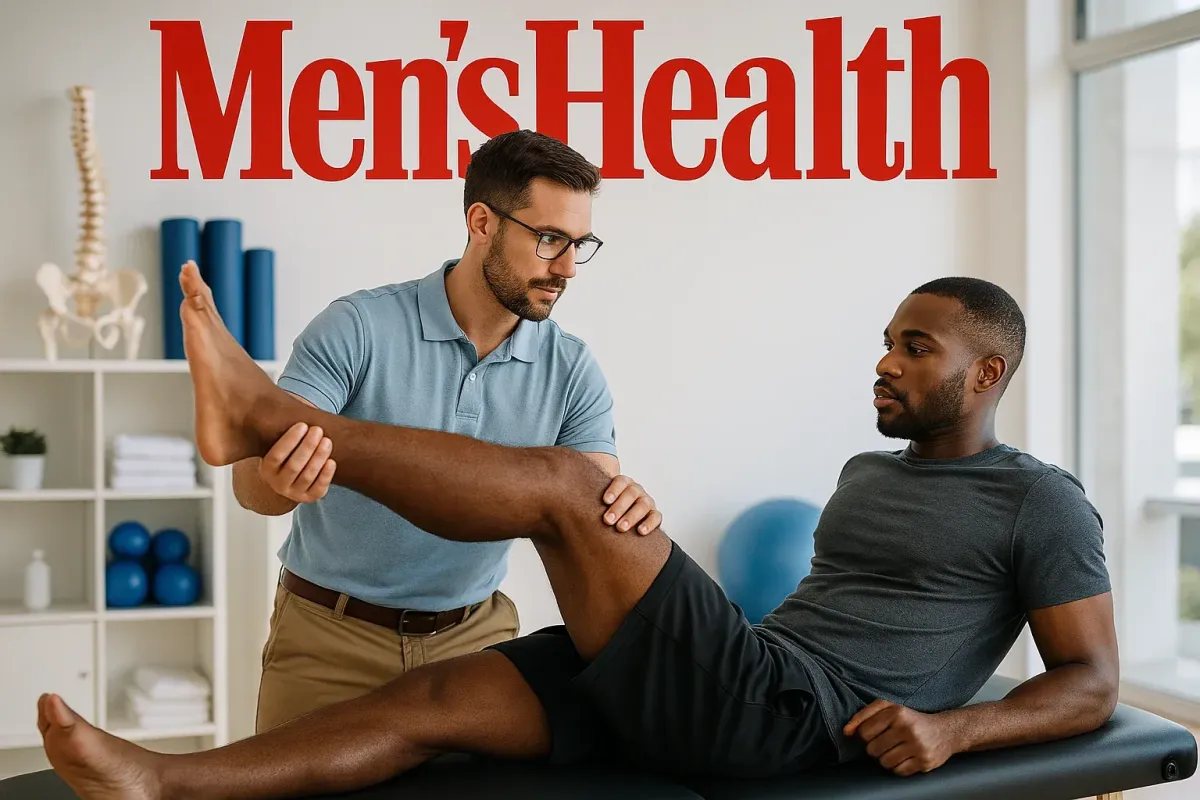
Men's Health Physical Therapy (Pelvic Health PT)
Pelvic health isn’t just a women’s issues men experience it too and we’re here to help. At New Jersey Rehab Experts our Men’s Health Physical Therapy
program is designed to treat a wide range of pelvic floor dysfunctions that can impact comfort, confidence, and quality of life. Our expert therapists offer
discreet, one-on-one care for men experiencing: Pelvic painUrinary urgency, frequency, or leakagePost-prostatectomy rehabilitationErectile dysfunctionConstipation and bowel issuesCore weakness or abdominal pressure Through targeted manual therapy, pelvic floor retraining, biofeedback, breathing techniques, and posture correction, we help restore normal function and reduce symptoms—without surgery or medication. Why it matters: Pelvic floor dysfunction can be frustrating, but it’s also very treatable. We take a judgment-free, evidence-based approach to help men feel strong, supported, and back in control of their bodies. Take the first step toward healing—you don’t have to suffer in silence
.
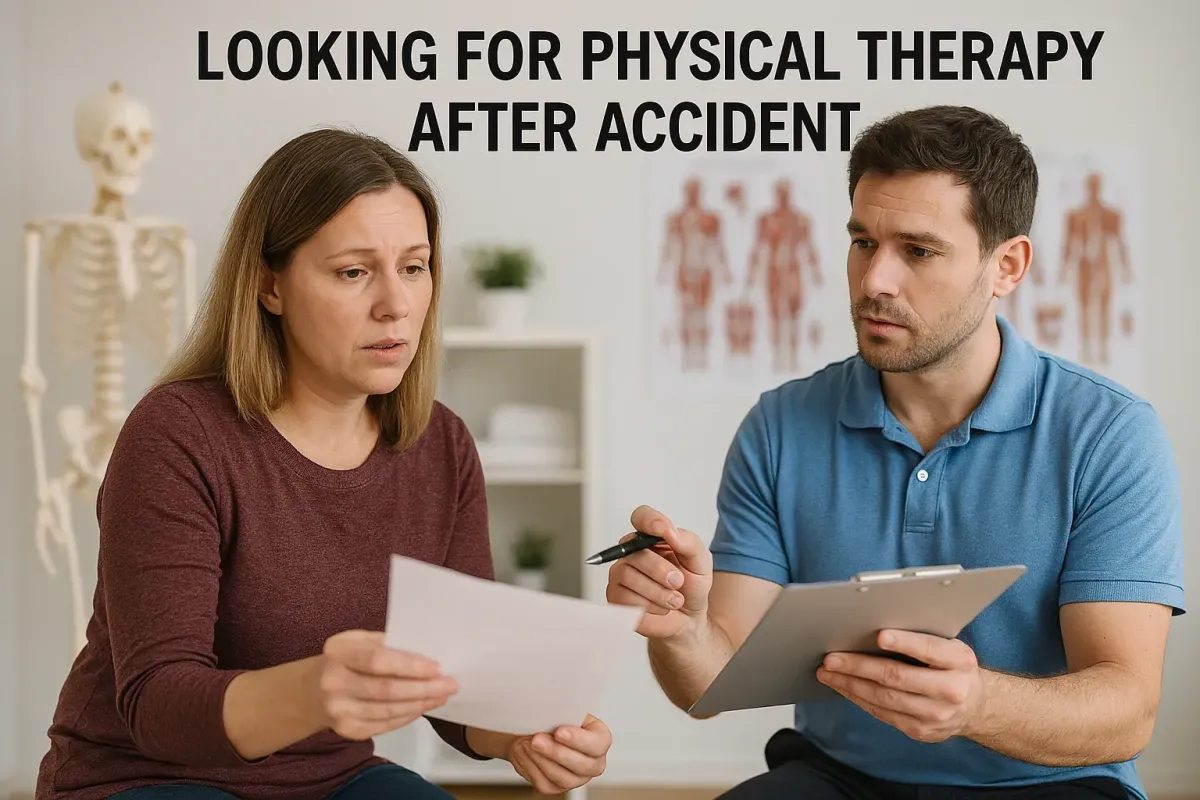
Motor Vehicle & Work Injury Rehab Specialist
At New Jersey Rehab Experts, we specialize in
Motor Vehicle and Work Injury Rehabilitation, helping patients recover from car accidents and workplace injuries with expert, personalized care. Our team treats conditions such as whiplash, low back pain, joint injuries, concussions, and soft tissue damage, using evidence-based therapy to reduce pain, restore function, and support long-term recovery. We work closely with physicians, attorneys, and insurance providers to ensure proper documentation and seamless coordination of care. Whether you're dealing with a workers' comp case or personal injury claim, our goal is to get you back to work, life, and movement—safely and confidently.
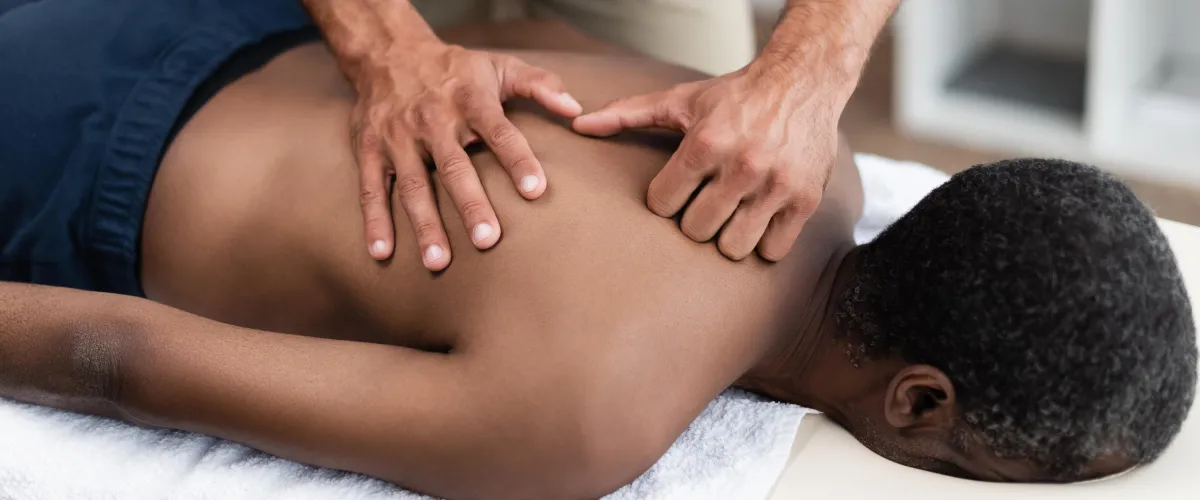
Manual Therapy
Looking for a hands-on approach that goes beyond basic physical therapy?
Manual Therapyoffers targeted, expert techniques designed to relieve pain, improve mobility, and accelerate healing—naturally. This isn’t your average treatment. Imagine combining the precision of Mulligan Mobilizations with the posture-correcting power of the McKenzie Method, or experiencing the rapid results of High-Velocity Thrust Techniques and Spinal Manipulation to unlock stiff joints. Add in the deep-tissue benefits of Myofascial Release (MFR)
and the dynamic support of Kinesiology and Sports Taping, and you’ve got a comprehensive system that helps you move better, recover faster, and feel your best. Whether you're an athlete, a desk worker, or simply tired of chronic pain—this is where real, lasting relief begins.

Dry Needling
Dry Needling
is a modern, evidence-based treatment technique used by licensed physical therapists to target trigger points—tight knots in muscles that cause pain and restrict movement. By inserting thin, sterile needles into these areas, dry needling helps release muscle tension, improve blood flow, reduce pain, and restore normal function. It is commonly used to treat conditions like back and neck pain, tendonitis, headaches, sciatica, and sports-related injuries. Unlike acupuncture, which is based on traditional Chinese medicine, dry needling is grounded in Western anatomical and neurophysiological principles, making it a safe and effective option for musculoskeletal pain and dysfunction.
Our Advantages
Specialized Programs for Every Need
From orthopedic rehab and sports therapy to vestibular, pelvic health, and post-injury recovery, we provide comprehensive, patient-focused solutions.
State-of-the-Art Techniques & Technology
We use cutting-edge treatments like dry needling, spinal manipulation, Mulligan & McKenzie techniques, Fit3D scans, Shockwave Therapy , Cupping and more to accelerate healing.
Personalized One-on-One Care
Every patient receives individualized treatment plans with hands-on attention to ensure faster recovery and long-term results.
Trusted by Athletes & Community Leaders
Official providers for multiple cricket teams and a member of respected healthcare associations—our reputation speaks for itself.
Multiple Convenient Locations Across NJ
With clinics in Jersey City, Secaucus, Clifton , and beyond, we’re always within reach—offering flexible scheduling and bilingual support.
Seamless Support for Injury Claims & Recovery
We coordinate care with attorneys, physicians, and insurers for patients recovering from motor vehicle or work-related injuries, ensuring smooth documentation and stress-free rehab.
Meet Our Team

Sunny Thakkar PT, MS ( Exercise Physiologist)
Physical Therapist
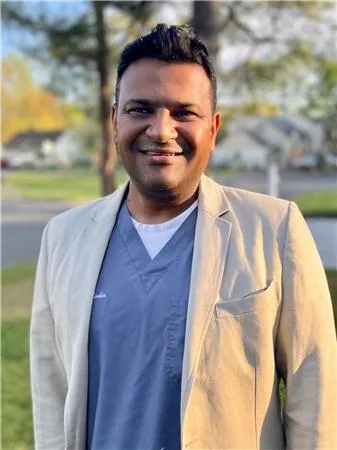
Ashish Sinha, PT, DPT
Physical Therapist

Dr. Rohit Farzala PT, DPT
Physical Therapist
About Us
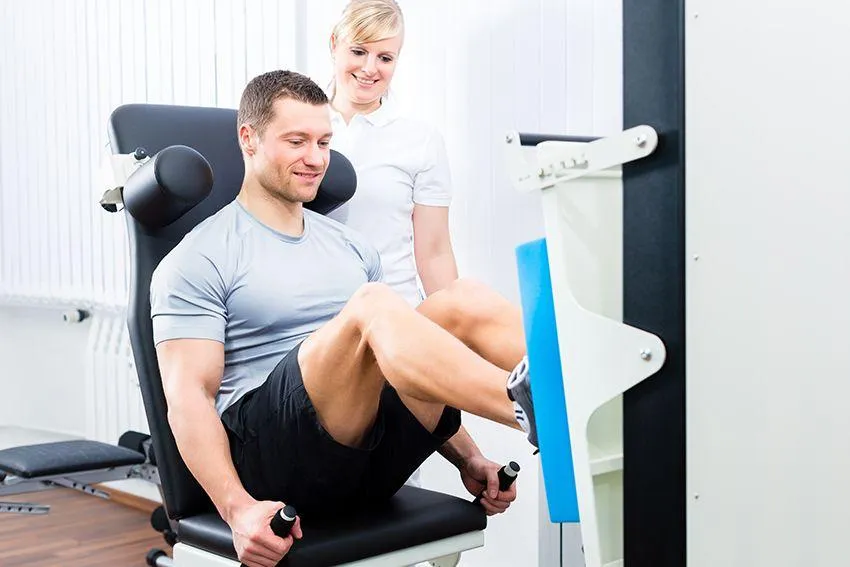
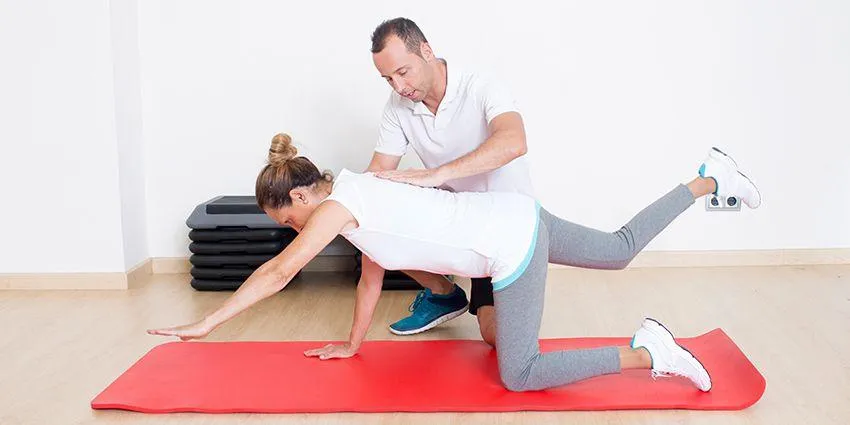
Experience rapid rejuvenation as our specialist team harnesses the power of advanced healing tech to erase pain with ease. We dive deep into your world, assessing every piece of the puzzle—stress at work, life pressures, physical health, nutrition, genes, posture, and even emotional ties—crafting a tailor-made wellness blueprint that's as unique as you are. With our dedicated holistic touch, we don't just treat symptoms; we empower you to embrace a pain-free, harmonious life.
Ask a Question

Understanding Side Cramps: Causes, Remedies, and When to Seek Help
Understanding Side Cramps: Causes, Remedies, and When to Seek Help
Have you ever found yourself suddenly halted mid-run or unable to finish a dance routine because of an unexpected side cramp? These sharp, often debilitating pains can strike at the most inconvenient times, leaving many puzzled about their causes. Understanding side cramps is key to managing this common, yet frequently misunderstood, issue. In this article, we’ll delve into the potential triggers behind these cramps—from dehydration and muscle fatigue to post-meal exertion. You'll learn practical remedies to alleviate discomfort and discover the telltale signs that indicate it’s time to seek medical help. So, whether you’re a seasoned athlete or just enjoying a stroll, arm yourself with the knowledge that can transform your approach to physical activity and prevent those pesky side cramps from interrupting your stride. Let’s uncover the truths behind this all-too-familiar ailment together!
Understanding Side Cramps: Causes, Remedies, and When to Seek Help
Have you ever found yourself suddenly halted mid-run or unable to finish a dance routine because of an unexpected side cramp? These sharp, often debilitating pains can strike at the most inconvenient times, leaving many puzzled about their causes. Understanding side cramps is key to managing this common, yet frequently misunderstood, issue. In this article, we’ll delve into the potential triggers behind these cramps—from dehydration and muscle fatigue to post-meal exertion. You'll learn practical remedies to alleviate discomfort and discover the telltale signs that indicate it’s time to seek medical help. So, whether you’re a seasoned athlete or just enjoying a stroll, arm yourself with the knowledge that can transform your approach to physical activity and prevent those pesky side cramps from interrupting your stride. Let’s uncover the truths behind this all-too-familiar ailment together!
What Are Side Cramps?
Side cramps, often referred to as side stitches, are sudden, sharp pains that occur on either side of the abdomen. These pains typically manifest just beneath the ribs and can range from mild discomfort to severe pain that forces you to stop your activity. They are common among runners and athletes but can affect anyone engaging in physical exertion.
The pain associated with side cramps is usually transient, meaning it comes on quickly and fades away just as suddenly. This characteristic can make it difficult to pinpoint the exact cause, leading to a myriad of theories and explanations. However, most side cramps are benign and do not indicate a serious underlying condition.
Understanding the nature of side cramps is the first step in addressing them effectively. By recognizing the typical sensations and patterns associated with these cramps, individuals can better manage their occurrences and minimize their impact on physical activities. Recognizing the triggers and taking appropriate actions can help mitigate the discomfort and prevent future episodes.
Common Causes of Side Cramps
One of the most commonly cited causes of side cramps is dehydration. When the body lacks sufficient fluids, it can lead to muscle spasms and cramps, including those in the side. Staying well-hydrated, especially before and during exercise, is crucial to preventing these painful episodes.
Another frequent cause is muscle fatigue. As muscles tire, they can become more prone to cramping. This is particularly true for the diaphragm, the muscle that plays a key role in breathing. When the diaphragm becomes fatigued from overuse, it can spasm, resulting in a side cramp. This is often seen in individuals who push their physical limits without adequate rest.
Eating a large meal before engaging in physical activity can also trigger side cramps. When the stomach is full, it requires an increased blood supply for digestion, which can compete with the muscles' need for oxygen during exercise. This competition can lead to muscle cramps, including those in the side. It is generally recommended to allow sufficient time for digestion before participating in strenuous activities.
How to Differentiate Between Normal and Severe Cramps
Most side cramps, though painful, are considered normal and not a cause for alarm. These cramps are usually temporary and can be relieved with simple measures. However, it is important to recognize when a cramp might be indicative of a more serious issue that requires medical attention.
Normal side cramps typically occur during physical activity and subside shortly after resting. They are often sharp and localized, making it easy to pinpoint the exact area of discomfort. The pain usually decreases with stretching, deep breathing, and hydration.
Severe cramps, on the other hand, may persist even after stopping the activity. They can be accompanied by other symptoms such as nausea, vomiting, fever, or difficulty breathing. If the pain is intense and does not improve with home remedies, it could be a sign of a more serious condition such as a hernia, gastrointestinal issues, or even a cardiac event. Seeking medical evaluation in such cases is crucial to rule out any serious health problems.
Effective Home Remedies for Side Cramps
When a side cramp strikes, there are several home remedies that can help alleviate the pain quickly. One of the most effective techniques is to slow down and focus on deep, controlled breathing. This helps to relax the diaphragm and reduce the spasm causing the cramp. Inhale deeply through the nose, allowing the abdomen to expand, and exhale slowly through the mouth.
Stretching the affected area can also provide relief. If the cramp is on the right side, raise your right arm above your head and gently lean to the left. This stretches the muscles on the right side, helping to relieve the cramp. Hold the stretch for about 30 seconds, then repeat on the other side if necessary.
Massaging the cramped area can help to increase blood flow and relax the muscle. Use gentle, circular motions to massage the side where the cramp is located. This can help to break the spasm and provide immediate relief. Additionally, staying hydrated and replenishing electrolytes can prevent further cramps from occurring.
Preventive Measures to Avoid Side Cramps
Preventing side cramps involves taking proactive steps before engaging in physical activity. One of the most effective preventive measures is to stay well-hydrated. Drinking water throughout the day and ensuring adequate fluid intake before, during, and after exercise can help to prevent dehydration-related cramps.
Warming up properly before engaging in strenuous activities is also crucial. A good warm-up routine prepares the muscles for exercise and reduces the risk of cramps. Incorporate dynamic stretches and light cardio to get the blood flowing and muscles warmed up. This can help to prevent the diaphragm and other muscles from becoming overstrained.
Eating the right foods at the right times can also play a significant role in preventing side cramps. Avoid large meals before intense physical activities. Instead, opt for smaller, easily digestible snacks if you need to eat close to your workout time. Foods high in potassium, magnesium, and calcium can help to prevent muscle cramps, so consider incorporating bananas, nuts, and dairy into your diet.
When to Seek Medical Attention for Side Cramps
While most side cramps are harmless and can be managed with home remedies, there are times when medical attention is necessary. Persistent or severe pain that does not improve with rest and home treatment may indicate a more serious underlying condition. If the pain is accompanied by other symptoms such as nausea, vomiting, fever, or difficulty breathing, it is important to seek medical help.
If you experience side cramps frequently and they interfere with your daily activities or exercise routine, it is a good idea to consult a healthcare professional. They can help to determine the underlying cause and recommend appropriate treatments. Chronic or recurrent cramps may be a sign of an underlying condition that needs to be addressed.
Additionally, if you have a history of medical conditions such as heart disease, liver disease, or gastrointestinal disorders, it is important to seek medical advice if you experience side cramps. These conditions can sometimes present with symptoms similar to side cramps, and a healthcare professional can help to rule out any serious issues.
The Role of Hydration and Nutrition in Preventing Cramps
Proper hydration and nutrition play a crucial role in preventing side cramps. Dehydration is one of the most common causes of muscle cramps, including those in the side. Ensuring that you drink enough fluids throughout the day is essential. Water is the best choice, but electrolyte-rich beverages can also be beneficial, especially during prolonged exercise or in hot weather.
Nutrition is equally important. A balanced diet that includes a variety of nutrients can help to prevent muscle cramps. Potassium, magnesium, and calcium are particularly important for muscle function. Foods rich in these minerals, such as bananas, nuts, seeds, and dairy products, should be included in your diet. Additionally, maintaining a regular eating schedule and avoiding large meals before exercise can help to prevent side cramps.
It is also important to listen to your body and adjust your diet and hydration based on your individual needs and activity levels. Some people may require more fluids and electrolytes, while others may need to focus on specific nutrients. Paying attention to how your body responds to different foods and fluids can help you to find the best approach to preventing side cramps.
Exercises and Stretches to Alleviate Side Cramps
Incorporating specific exercises and stretches into your routine can help to alleviate side cramps and prevent them from occurring. One effective exercise is the diaphragmatic breathing exercise. Lie on your back with your knees bent and feet flat on the floor. Place one hand on your chest and the other on your abdomen. Inhale deeply through your nose, allowing your abdomen to rise while keeping your chest still. Exhale slowly through your mouth, feeling your abdomen fall. This exercise helps to strengthen the diaphragm and improve breathing efficiency.
Stretching the affected muscles can also provide relief. For a side stretch, stand with your feet hip-width apart and raise your right arm above your head. Gently lean to the left, feeling a stretch along the right side of your body. Hold for 30 seconds, then switch sides. This stretch can help to relieve tension and prevent cramps.
Another effective stretch is the torso twist. Sit on the floor with your legs extended in front of you. Bend your right knee and place your right foot on the outside of your left thigh. Place your left elbow on the outside of your right knee and gently twist your torso to the right. Hold for 30 seconds, then switch sides. This stretch helps to improve flexibility and relieve muscle tension in the side.
Myths and Misconceptions About Side Cramps
There are many myths and misconceptions about side cramps that can lead to confusion and ineffective treatments. One common myth is that side cramps are caused solely by a lack of fitness. While lack of fitness can contribute to muscle fatigue and cramps, even well-trained athletes can experience side cramps. Factors such as hydration, nutrition, and individual susceptibility also play a significant role.
Another misconception is that side cramps are always related to eating too close to exercise. While eating a large meal before exercise can contribute to cramps, it is not the only cause. Dehydration, muscle fatigue, and other factors can also trigger side cramps. It is important to consider all potential causes and address them accordingly.
Some people believe that side cramps can be completely prevented by avoiding certain activities. While it is true that some activities may be more likely to trigger cramps, such as running or intense cardio, avoiding these activities is not always the best solution. Instead, focus on proper preparation, hydration, and nutrition to reduce the risk of cramps while still enjoying your favorite activities.
Conclusion: Understanding Your Body's Signals
Understanding side cramps and their causes is essential for managing and preventing them effectively. By recognizing the common triggers and implementing practical remedies, you can reduce the impact of side cramps on your activities and enjoy a more comfortable and active lifestyle. Staying hydrated, eating a balanced diet, and incorporating specific exercises and stretches into your routine can help to prevent cramps and alleviate discomfort when they occur.
It is also important to listen to your body and seek medical attention when necessary. Persistent or severe cramps that do not improve with home treatment may indicate a more serious underlying condition. Consulting a healthcare professional can help to determine the cause and recommend appropriate treatments.
By understanding your body's signals and taking proactive steps to address them, you can minimize the occurrence of side cramps and enjoy a more active and pain-free lifestyle. Remember, knowledge is power, and being informed about side cramps can help you to take control of your health and well-being.
No matter whether your condition was caused by a sport, work accident or otherwise,
we welcome the chance to serve you.
Opening Hours



